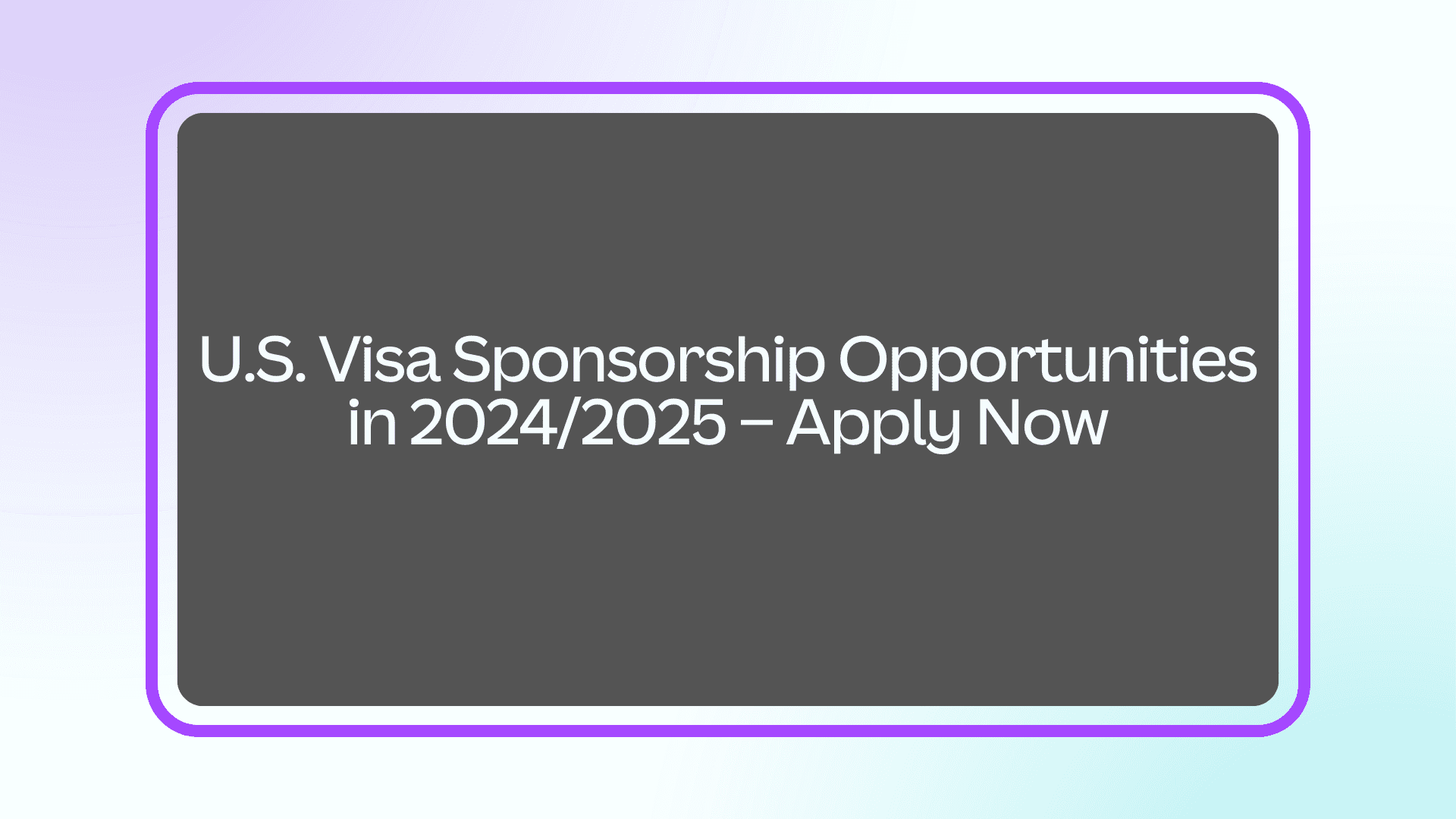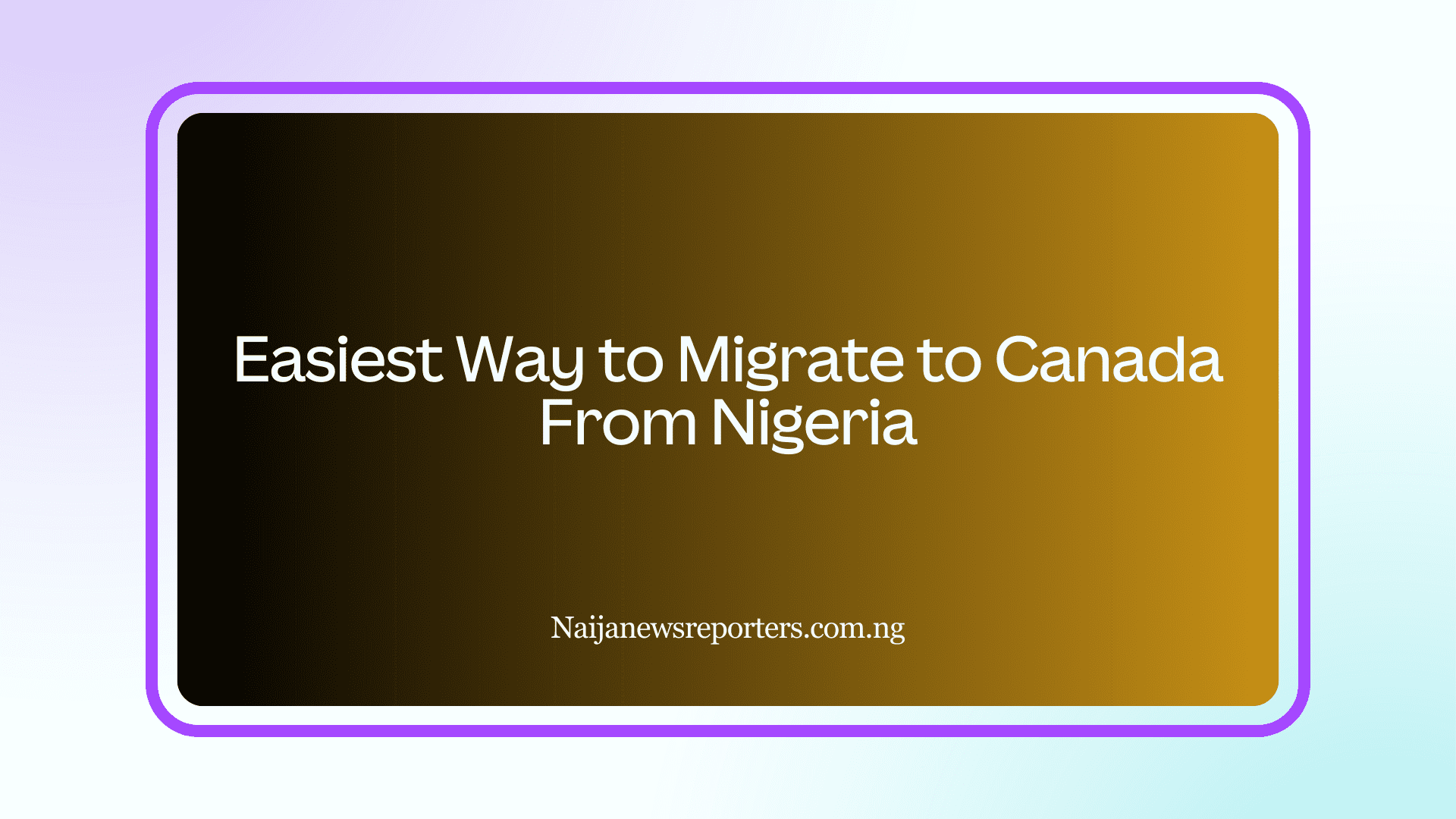Does Suicidal Death Benefit from Life Insurance?
Does Suicidal Death Benefit from Life Insurance? The topic of suicide is undeniably sensitive and complex, evoking a range of emotions and concerns. When it comes to life insurance, questions often arise regarding coverage in the tragic event of suicide. Does suicidal death benefit from life insurance? This question delves into both the ethical and … Read more









